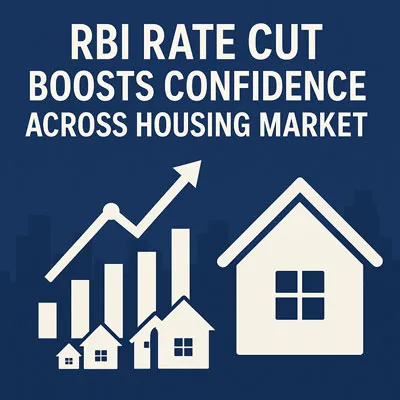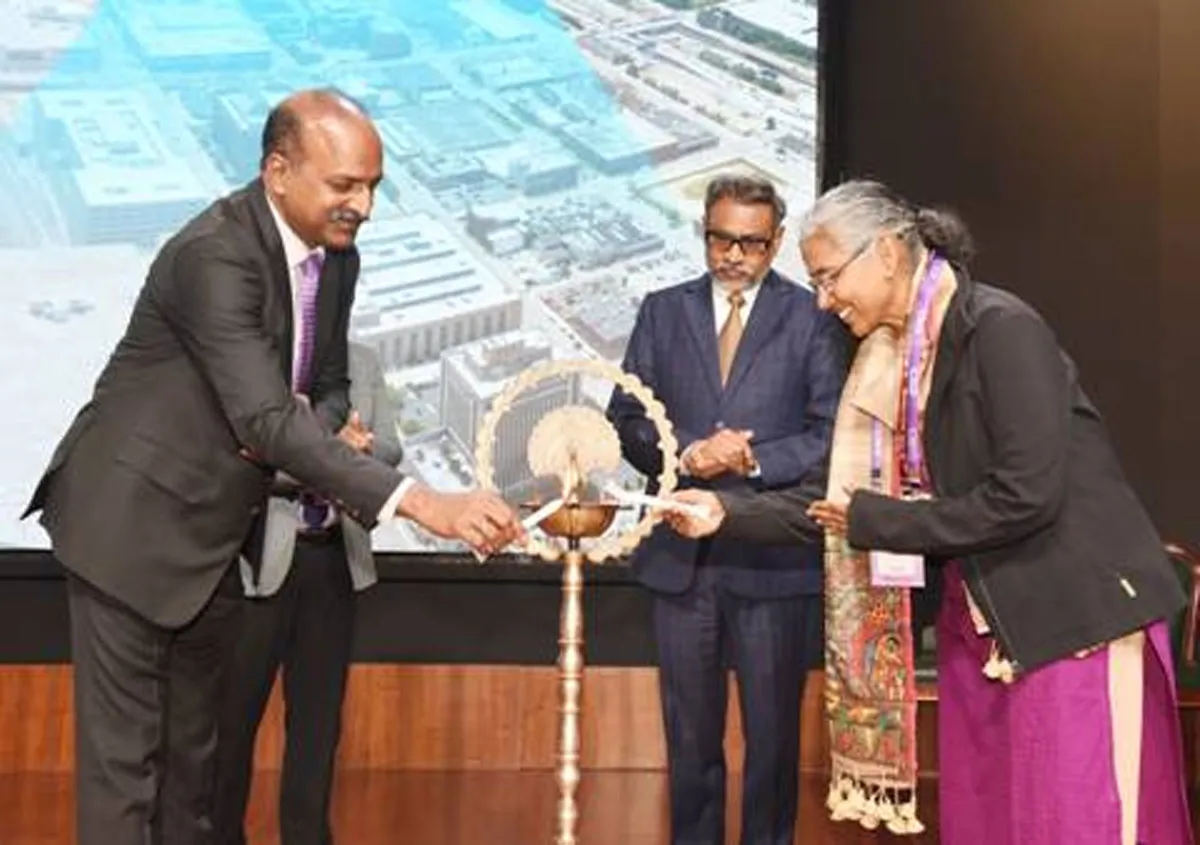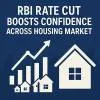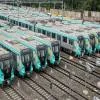ConTech is helping developers achieve new heights in the construction of sustainable buildings, avers GOPALAKRISHNAN PADMANABHANThe transformative power of technology is almost unlimited, which has been particularly evident during the outbreak of the COVID-19 pandemic. The digitisation of processes has come to the rescue of industries across the globe, aiding their progress even during mandatory lockdowns to contain the spread of the virus. More than ever before, technology is being used as a support system for our economy and a way for industries to gain a competitive edge. Even energy efficiency and sustainability have become digitised, making it possible to embed best practices into all areas of a business.Asking and answering key questions One such burgeoning field is construction technology, or ‘ConTech’. In recent years, green technology in the sector has become much more commonplace, but there is still work to be done to bring about a sustainable transformation of the construction industry—especially given the fact that the sector is responsible for one-third of all global greenhouse gas emissions and resource consumption. The next step in this evolution is to continue to scale green construction with intentional and purposeful speed across the entire lifecycle of a project. Advances in technology and innovative solutions are allowing green construction to improve agility and disrupt the market from a project’s conception onward. And while tools for achieving sustainability goals in the construction process are becoming more easily accessible, the success of their adoption is still up to key stakeholders. Being clear on the reasons behind your sustainability goals can make a significant difference in how you approach and roll out your chosen tools. For instance, a civil engineer might determine how to divert construction waste away from landfills. But for a project to be truly sustainable, its stakeholders must account for the entire lifecycle of a building, from planning, design and construction to daily maintenance. Thus, equally important questions must be answered by stakeholders further along in the process.A facility manager must ask, ‘How do I determine my energy benchmarking using data from my building?’ A CEO of a real-estate development company should assess how to calculate emissions of the building portfolio they hold. A hedge fund manager questions how they get to know the carbon scores of the portfolio in which they invest. An HR head focuses on quantifying the health and wellbeing parameters inside a space. A city commissioner needs to figure out how to work toward zero waste goals using data from the municipal zones of the city. Each of these key questions is equally valid. And by integrating performance data tracking from a project’s inception, the ability to plan for its most efficient future becomes all the more possible—and ensures that the measures taken during construction continue to have their intended positive impact. The importance of measurementConTech has already provided major improvements to the sustainability of projects. For instance, for years, buildings were constructed using 2D drawings, which meant that errors were frequently found too late in the design stage to change. That changed with the introduction of building information modelling (BIM) software, an integrated process that runs computer simulations to understand how a building behaves long before construction begins. This technology ensures that a building will perform at its peak, improving global performance immeasurably. The importance of technologies such as this doesn’t stop after the construction process. It is vital to continue monitoring, measuring and benchmarking the performance of buildings throughout their lifecycle to create the most efficient, healthy and sustainable spaces. USGBC and GBCI’s answer to all of these questions is our building performance platform, Arc. Arc is a global technology platform that allows teams overseeing the sustainability of existing buildings and places to collect data, manage and benchmark progress, measure impact and improve performance all in one place. Arc compiles key data points from five key areas: water, energy, waste, carbon and human experience. It empowers its users to understand and enhance the sustainability performance of their buildings, promote human health and wellbeing for building occupants and contribute to a higher quality of life. Usable by all manner of spaces – from individual office buildings to whole portfolios to entire cities, it has now been adopted by buildings and cities equalling 6 billion sq ft, and affecting over 6 million people. Improving building performance after constructionPerhaps the most exciting aspect of developing ConTech tools is their ability to set buildings up for measurable, improvable performance. The Arc platform, for example, allows buildings and cities to track the exact data needed to achieve LEED certification even after their construction. And it was a natural next step to expand and adapt the Arc platform to integrate the key elements involved in mitigating the spread of COVID-19 infection and the latest health guidelines with a new set of free tools: Arc Re-Entry. Arc Re-Entry can be used to document and benchmark infection-control policies and procedures, collect and analyse related occupant experiences and measure and track indoor air quality around factors such as carbon dioxide, relative humidity and particulate matter. Through Arc, all these goals can be worked toward on the same open platform.The most telling benefit of ConTech is research. As more spaces and cities track their data, that information can be used to direct improvements for operating assets and building design. With additional AI and Big Data this process could be easily accelerated, creating major gains for the construction and building industry. Even now, exposure to this kind of technology is bringing facility managers and CIOs together in new ways to work toward common goals from project inception. Further, it has the capacity to integrate project, design, MEP and facility teams—integrating formerly siloed parts of organisations into a more streamlined and effective system.As India makes steady progress toward global energy efficiency leadership, ConTech is helping developers scale new heights of constructing sustainable buildings. For organisations such as ours, it will be the guiding light for recognising excellence in the green business industry, driving adoption of green building and business practices in India and around the world. About the author: Gopalakrishnan Padmanabhan, Managing Director - APAC & Middle East, Green Business Certificate Inc. (GBCI), manages business and market development of LEED and other GBCI rating systems for the Asia-Pacific and Middle-East regions. His expertise includes corporate strategy, international market expansion, branding and business unit creation. He has over 20 years of corporate experience in the Asia-Pacific and Middle East regions.





















